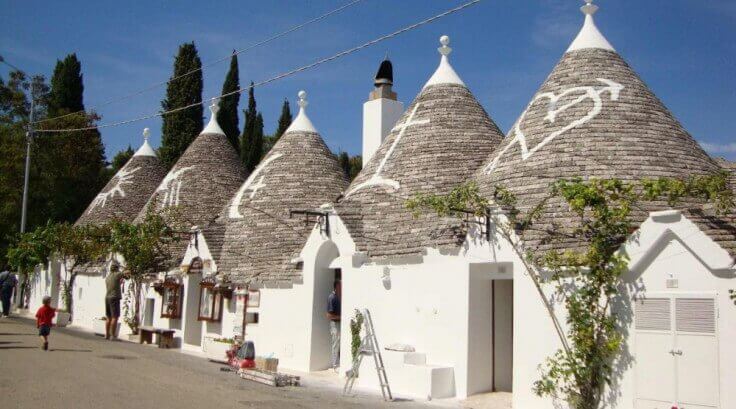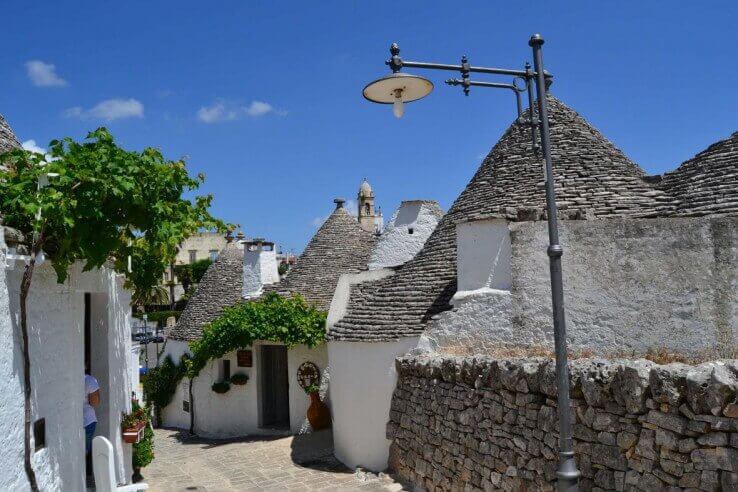Local authorities have come up with a trick – to build a feudal settlement of limestone without binder, which can be easily dismantled and rebuilt when the taxpayers leave.
If you ask experienced travelers and Italians where to go on a trip to the south of Italy, they will hardly mention the small town on the hills of the province of Bari.
The place is called Alberobello, and its trademark are the so-called Trulli houses. One look at the city and you will think you have stepped into the most romantic version of the rural Mediterranean from the 16th century.

The reason for that is its fairytale architecture, ie the traditional construction of stone houses with cone-shaped roofs. Construction of this type was present before and outside Italy, but better organization and unification occurred 500 years ago.
There are numerous versions of why Alberobello was built, but the most popular is the one that resonates well with people today – a story that says the settlement was built out of a centuries-old human need to avoid paying taxes.

Namely, when the Kingdom of Naples sent “its man” to collect taxes, local authorities came up with a trick – to build a feudal settlement of limestone without binders, which can be easily dismantled and rebuilt when the taxpayers leave.

Over time, they received royal privileges that freed them from feudal dues, but they retained the style of construction: thick roofs and good insulation made these “apartments” pleasant in summer and warm in winter.

It may seem like an open-air museum of ancient times at first, and the idea that someone still lives there is surprising, but this town has as many as 11,000 inhabitants. Moreover, western tourists are showing great interest in buying these properties that would be converted into holiday homes.

This style of construction is not unknown in the world. Similar buildings can be found from the Mediterranean to Germany. They served mainly as a shelter for farmers or as a storehouse, although some of them were inhabited.

The peculiarity of this Italian place, however, is that in such a small area, numerous specimens are perfectly preserved, which are still alive today, which is why in 1996, UNESCO included it on the World Heritage List in Europe.















